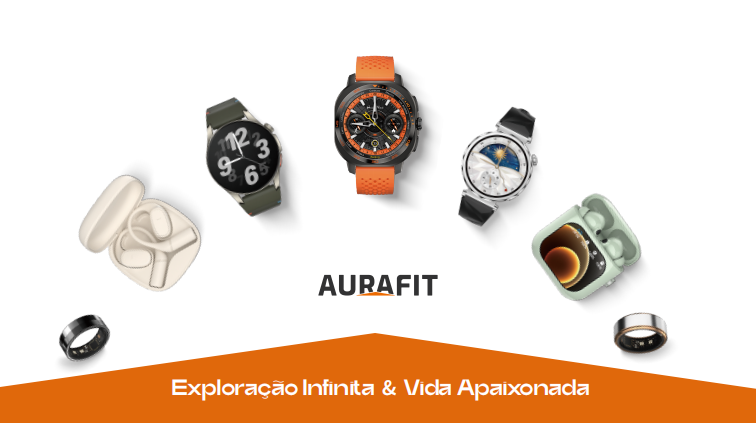

Are you tired of racing to the bottom on price with big-box stores? Still searching for products that deliver real profit margins and genuine customer demand?
Here’s the reality: the U.S. fitness tech market is booming—projected to reach $62B by 2030 (Grand View Research). But winning in this space isn’t just about moving gadgets off the shelf. It’s about offering solutions that connect with real American lifestyles.
Let’s be honest: many devices on the market are bulky, uncomfortable, and create constant battery anxiety. They feel more like a burden than a benefit. Customers don’t want another gadget—they want freedom, simplicity, and trust.
At Aurafit, we see wearable technology differently. Our research uncovered a powerful insight: people don’t want just a device—they want a companion.
That’s why our vision is clear and simple:
For us, a true lifestyle smartwatch goes beyond step counts and notifications. It should understand you, support your goals, and even offer meaningful guidance when you need it most. Imagine a smartwatch that genuinely cares about your health, motivates your fitness journey, and fits seamlessly into your everyday life.
This is the direction behind every product we design at Aurafit—and it’s also what makes us stand out as a forward-looking smartwatch brand for distributors, partners, and users alike。
As our vision states, the future of wearable technology is not just about hardware upgrades—it’s about a complete shift in its role. Tomorrow’s wearables won’t be just tools; they’ll become true health companions.
Future lifestyle smartwatches will continuously collect and analyze data to build a complete picture of your personal health. They’ll be able to predict potential risks and provide timely alerts and actionable recommendations to help you stay ahead.
Wearables won’t exist in isolation. They’ll connect effortlessly with other smart devices—from smart homes to connected medical equipment—creating a truly intelligent and health-focused ecosystem. Imagine this: your smartwatch detects poor sleep quality, and the next morning, your smart coffee machine prepares an energizing brew while soft music plays to set the right mood.
With the power of artificial intelligence, future wearables will evolve into your personal AI health coach. Beyond tracking metrics, they’ll deliver tailored fitness plans, personalized nutrition advice, and even guidance for mental well-being—all designed around your unique body and lifestyle. And this is exactly the direction we’re driving our future Aurafit products toward.
If you’re inspired by Aurafit’s vision and ready to seize the future of wearable technology, becoming our smartwatch distributor is your first step.
Learn About Us – Visit our official website to explore Aurafit’s full product line and brand philosophy.
Get in Touch – Reach out to our distribution team through the contact information on our site(info@aurafit.ai). Our experts will guide you through our distributor policies and partnership opportunities.
Start Your Success Journey – By joining Aurafit, you’re not just selling a product; you’re promoting a health-focused lifestyle and embracing a future full of endless possibilities.
Take action today and partner with Aurafit to shape the next era of health-oriented wearable technology!
✅ In short:
The IP68 rating is a standardized ingress protection code defined by the International Electrotechnical Commission (IEC). Here’s what it means:
However, note that IP68 is tested in lab conditions using still, fresh water. Real-world factors like water pressure, movement, temperature, and contaminants (e.g., salt or soap) can affect performance. For example:
While IP68 is robust, it may not cover all extreme scenarios:
Based on your needs:
IP68 is sufficient for hiking and heavy rain, as it protects against dust, rain, and accidental submersion. However, if your activities include swimming, diving, or high-pressure water exposure, opt for a watch with a 5ATM or higher rating. Always check the manufacturer’s guidelines to ensure longevity.
✅ Rule of thumb:
A rugged smartwatch should comfortably last at least 1–2 weeks per charge in normal use, and multiple days in GPS mode. Anything less and it’s closer to a “regular” smartwatch in disguise.
👉 If you wear it with a suit, a regular smartwatch or hybrid might look more polished. But for casual/sporty styles, rugged watches are increasingly versatile.
👉 Most rugged smartwatches are now comfortable enough for all-day wear, but if you have a smaller wrist, you may notice the bulk compared to a slim, regular smartwatch.
Share:
The Ultimate Smartwatch Buying Guide for Fall 2025
Elegant Ladies Smartwatches That Redefine Luxury